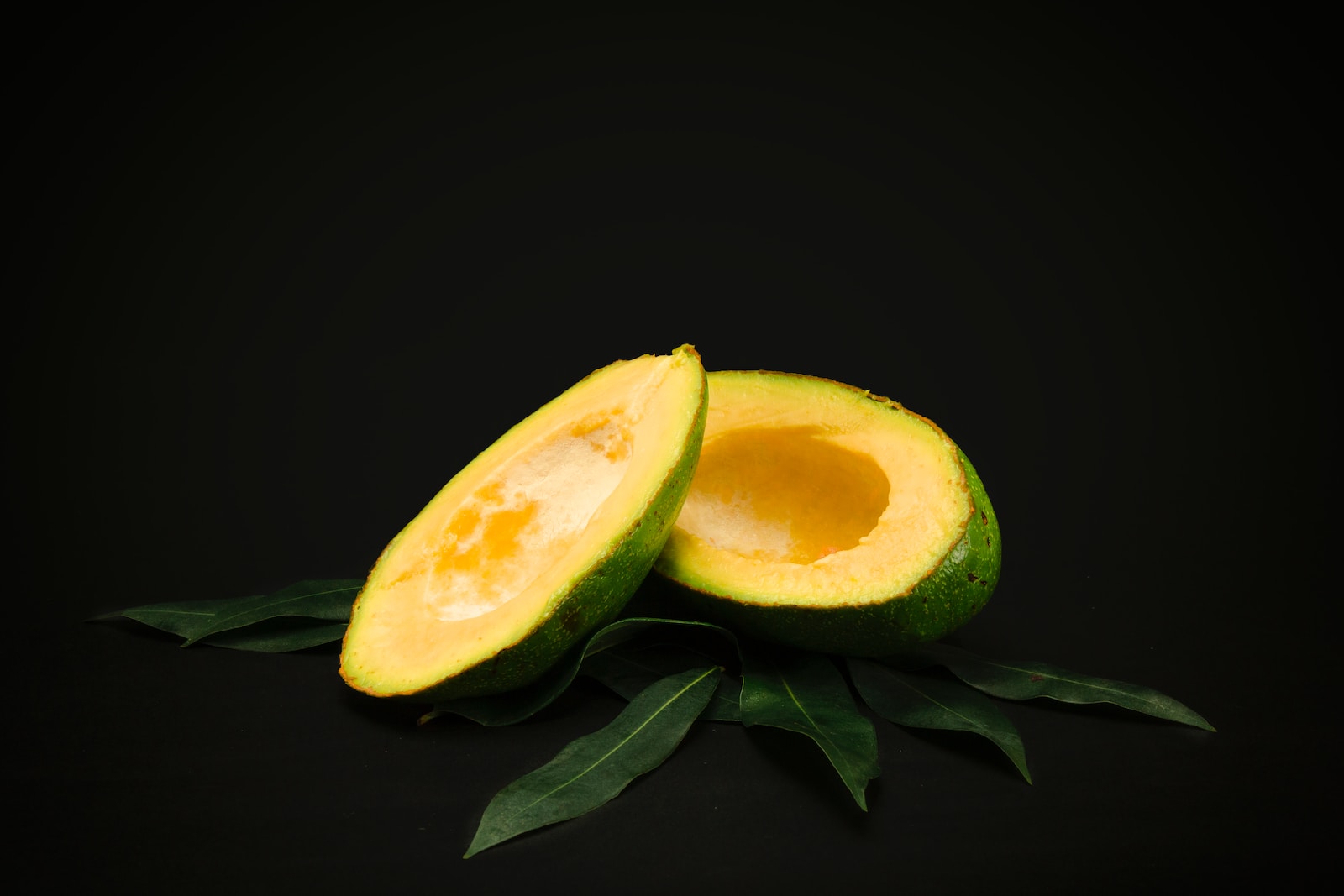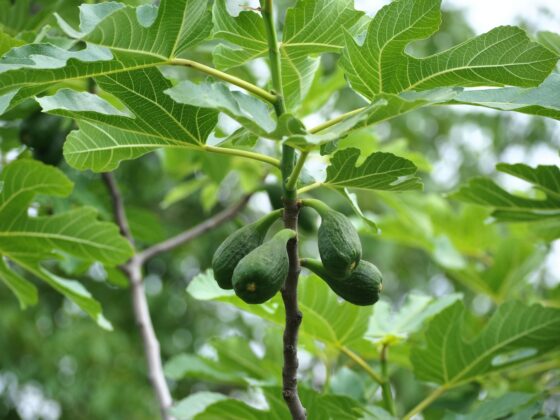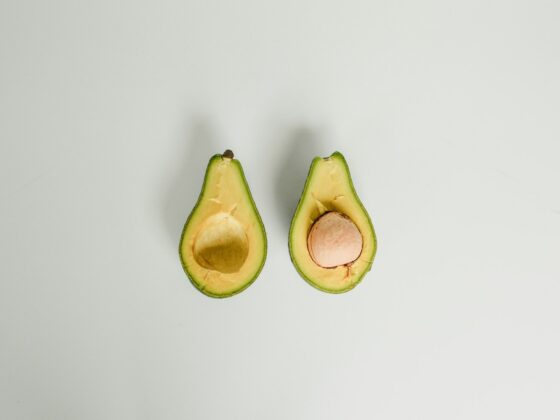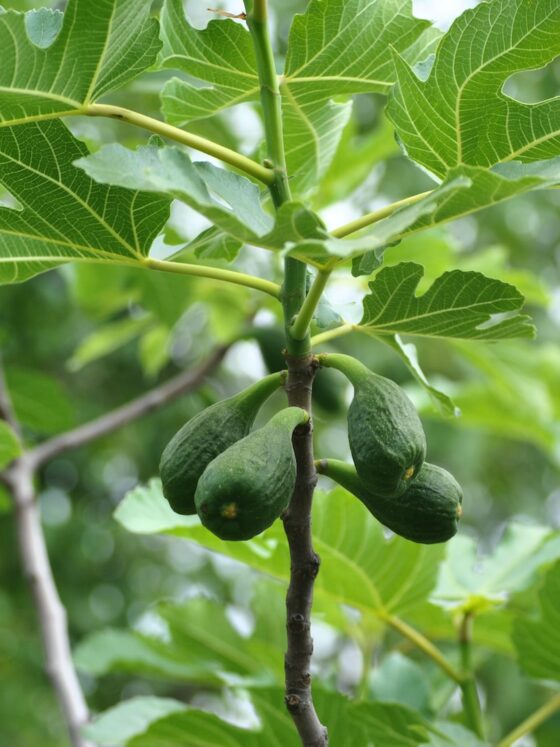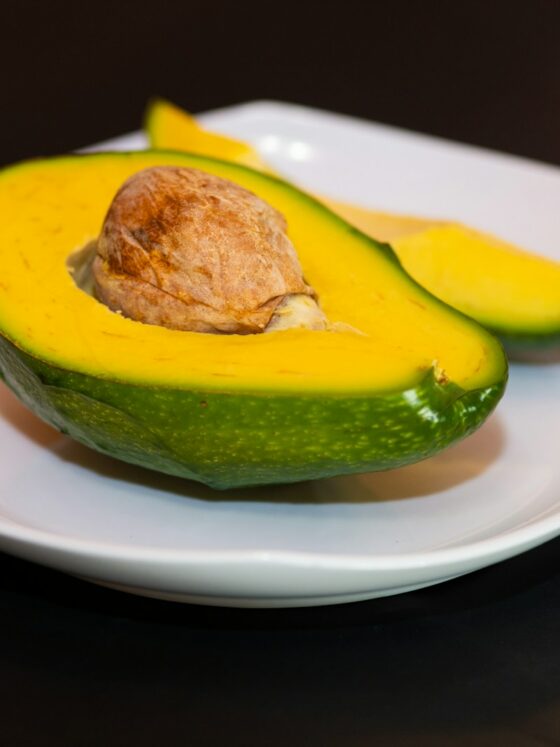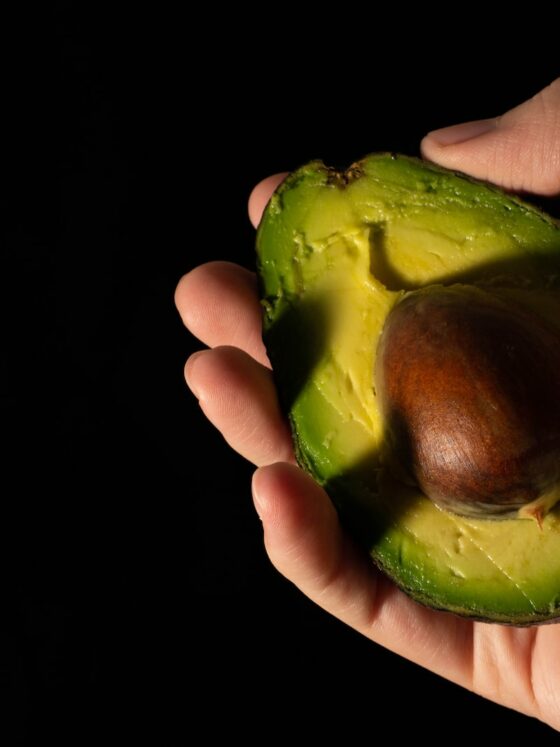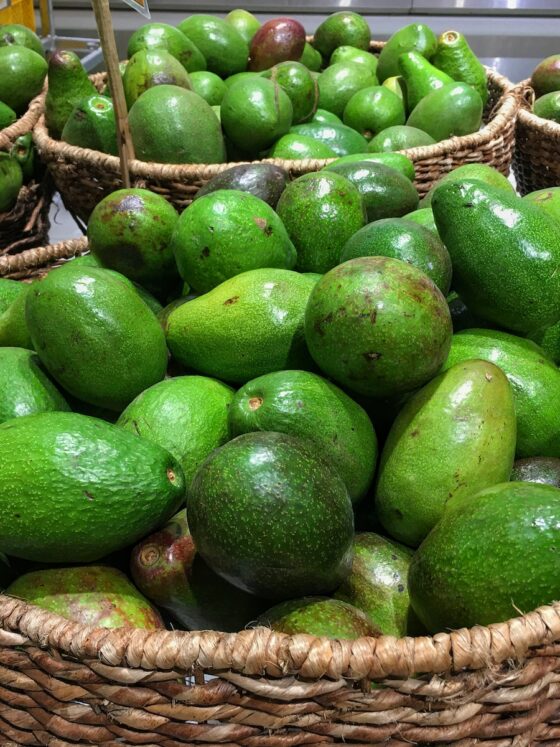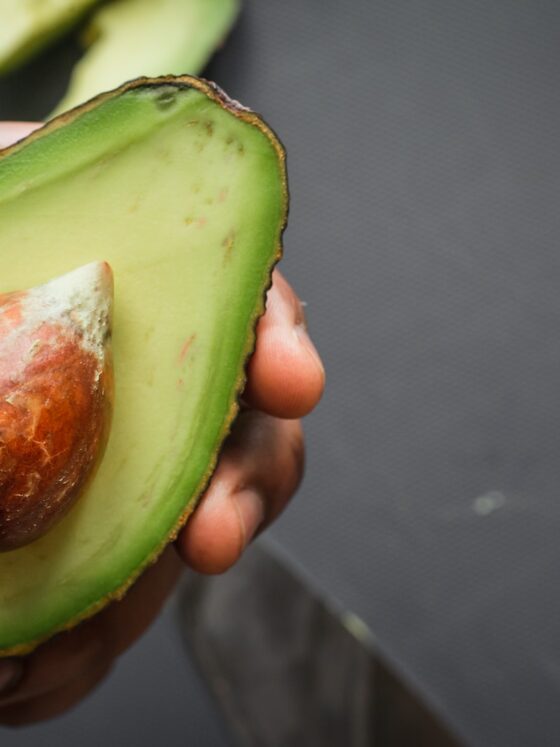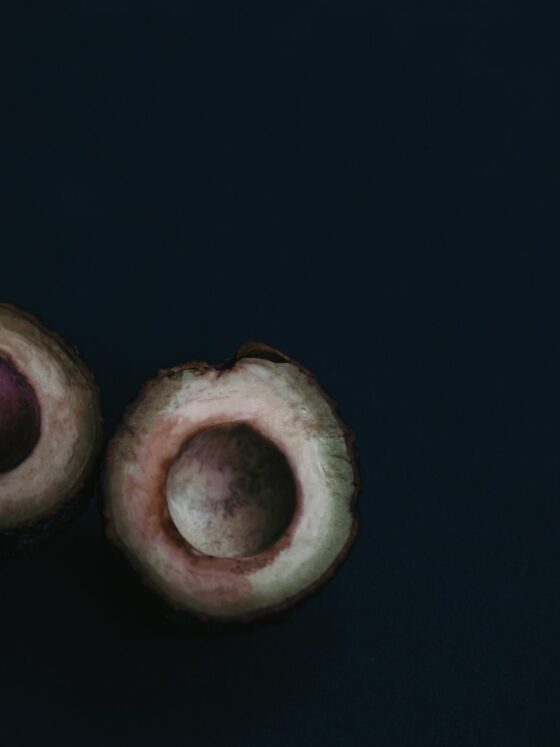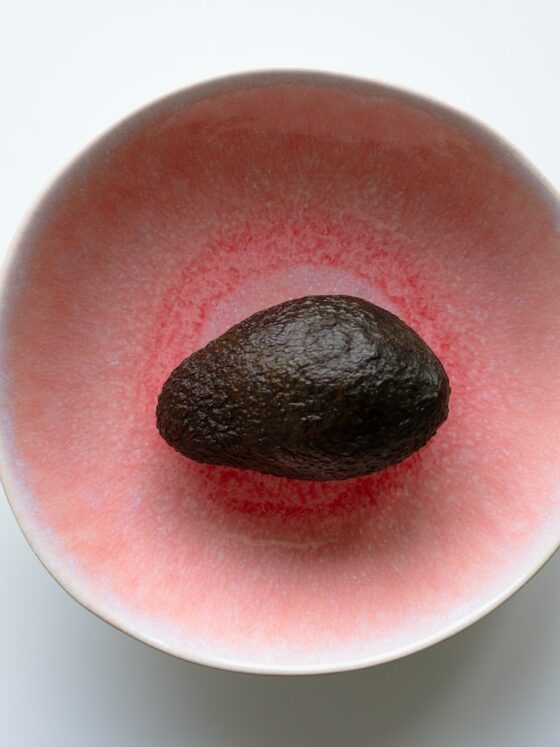Avocados are a delicious and versatile fruit that can be enjoyed in a variety of ways, from guacamole to avocado toast. However, they can be tricky to store and keep fresh, especially if you don’t know how to do it properly. In this article, we will provide you with some tips and tricks on how to store avocados at home, whether they are ripe or unripe.
When it comes to storing avocados, there are a few things to keep in mind. First, you need to know whether your avocado is ripe or unripe. Ripe avocados are soft and yield to gentle pressure, while unripe avocados are firm and do not yield to pressure. If your avocado is ripe, you will want to use it within a day or two, while unripe avocados can be stored for up to a week or more.
Another important factor to consider when storing avocados is temperature. Avocados should be stored at room temperature until they are ripe, after which they can be stored in the refrigerator to extend their shelf life. However, if you want to speed up the ripening process, you can place your avocado in a paper bag with an apple or banana, which will release ethylene gas and help the avocado ripen faster.
Table of Contents
Selecting Avocados for Storage
When it comes to storing avocados, selecting the right ones is crucial. Here are some tips on how to choose the best avocados for storage.
Identifying Ripeness
The first step in selecting avocados for storage is to identify their ripeness. Ripe avocados are dark green in color and yield to light pressure when squeezed gently. Unripe avocados, on the other hand, are lighter in color and feel firm to the touch.
Choosing Avocados for Immediate Use
If you plan to use your avocados immediately, choose ripe ones that are ready to eat. Look for avocados that give slightly when you press on the skin. Avoid avocados that are too soft or have brown spots.
Selecting for Later Ripening
If you want to store your avocados for later use, choose unripe avocados that are still firm to the touch. These avocados will ripen over time and can be stored for several days until they are ready to eat.
When selecting avocados for storage, it’s important to keep in mind that they are sensitive to other fruits and vegetables. To prevent premature ripening, store your avocados away from other produce.
Avocados are a superfood that are rich in healthy fats, fiber, and essential nutrients. By selecting the right avocados for storage, you can ensure that they stay fresh and delicious for longer.
Short-Term Avocado Storage
Avocados are a popular fruit that can be enjoyed in a variety of dishes, from guacamole to avocado toast. However, they have a narrow window of ripeness, and improper storage can cause them to spoil quickly. In this section, we will discuss how to store avocados in the short term to keep them fresh for as long as possible.
Countertop Ripening
If you have unripe avocados that you want to ripen quickly, you can leave them on the countertop at room temperature. Avocados release ethylene gas as they ripen, which can speed up the ripening process. To make this process even faster, you can place the avocados in a brown paper bag with an apple or banana, which also release ethylene gas.
Refrigerating Cut Avocados
If you have already cut an avocado, you can store it in the refrigerator to slow down the browning process. Wrap the cut avocado tightly in plastic wrap or place it in an airtight container to prevent air from reaching the flesh. This will help keep the avocado fresh for up to two days.
Storing Whole Avocados in the Fridge
If you have ripe avocados that you want to keep fresh for a few more days, you can store them in the refrigerator. Place the avocados in a plastic bag or wrap them in plastic wrap to prevent air from reaching the flesh. This will help slow down the ripening process and keep the avocados fresh for up to five days.
In summary, storing avocados properly can help extend their shelf life and prevent them from spoiling too quickly. By following these tips for short-term avocado storage, you can enjoy fresh avocados in your favorite dishes for longer.
Long-Term Avocado Storage
When it comes to long-term avocado storage, freezing is a great option to preserve the fruit for up to five months. Here are some tips on how to freeze avocados:
How to Freeze Avocados
- Cut the avocado in half and remove the pit.
- Scoop out the flesh and place it in a blender.
- Add a tablespoon of citric acid, such as lemon or lime juice, per two avocados to prevent browning.
- Puree the avocado until smooth.
- Transfer the puree to a storage container and seal it tightly.
Preparing Avocado for Freezing
If you prefer to freeze avocado slices, follow these steps:
- Cut the avocado in half and remove the pit.
- Slice the avocado into thin wedges or cubes.
- Brush the slices with a mixture of lemon or lime juice and water to prevent browning.
- Place the slices on a baking sheet and freeze until firm.
- Transfer the slices to a storage container and seal it tightly.
When it comes to choosing a storage container for your frozen avocado, opt for an airtight container or a freezer bag. Be sure to label the container with the date of freezing to keep track of how long it has been stored.
Overall, freezing avocados is a great way to store the fruit for an extended period. By following these simple steps, you can enjoy the benefits of avocados all year round.
Safety and Usage Tips
Preventing Contamination
When it comes to storing avocados, it’s important to keep them safe from contamination. Listeria monocytogenes and salmonella are two of the most common bacteria that can cause foodborne illnesses. To prevent contamination, always wash your hands before handling avocados, and make sure to wash the avocado thoroughly before cutting or peeling it. It’s also important to avoid cross-contamination by keeping avocados away from raw meat, poultry, and seafood.
To further reduce the risk of contamination, the U.S. Food and Drug Administration (FDA) recommends storing avocados in the refrigerator once they are ripe. This can help slow down the growth of bacteria and keep the avocado fresh for longer. However, it’s important to note that refrigeration can affect the texture and flavor of the avocado.
Creative Uses for Stored Avocados
Storing avocados properly can help extend their shelf life, giving you more time to enjoy them. One popular use for stored avocados is to make avocado toast. Simply spread mashed avocado on a slice of bread and add your favorite toppings, such as sliced tomatoes, a poached egg, or crumbled bacon.
Another delicious way to use stored avocados is to make guacamole. Mash the avocado with a fork and add diced tomatoes, chopped onion, minced garlic, lime juice, and salt to taste. Serve with tortilla chips for a tasty snack or appetizer.
For a healthy and refreshing treat, try adding stored avocados to your favorite smoothie recipe. Avocado is a great source of healthy fats and can help make your smoothie creamy and satisfying. Just be sure to use a ripe avocado and add some citrus juice, such as lemon or lime, to prevent browning.
By following these safety and usage tips, you can ensure that your stored avocados are safe to eat and delicious to enjoy.

